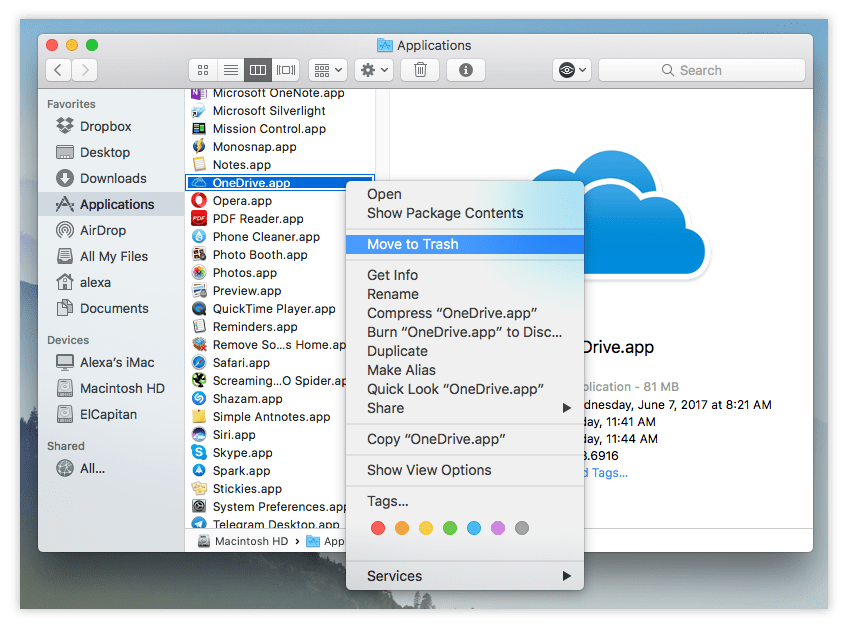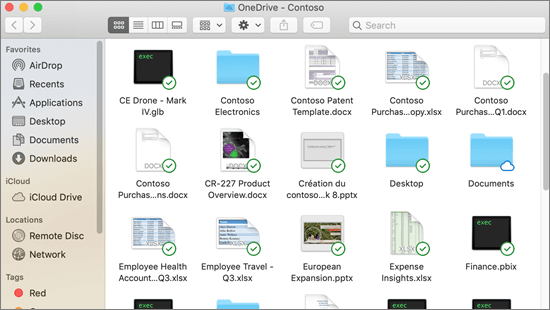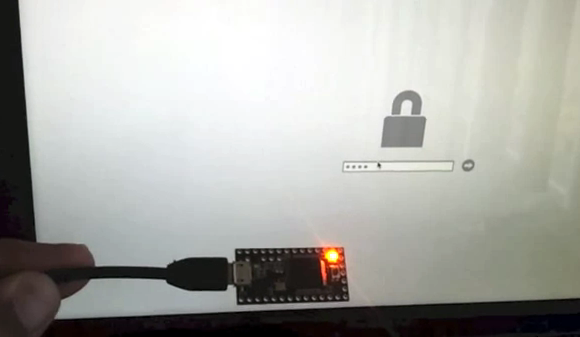OneDrive is an Internet-based storage platform with a significant chunk of space offered for free by Microsoft to anyone with a Microsoft account. Think of it as a hard drive in the cloud, which you can share, with a few extra benefits thrown in. One of the primary benefits: OneDrive hooks into Windows 10, at least in fits and starts.
Qt Creator 4.14.0 is released and it is available via Qt online installer. If you need a standalone installer, please select the file according to your operating system from the list below to get the latest Qt Creator for your computer. Qt Creator 4.14.0 for Windows 64-bit (284 MB) (info) Qt Creator 4.14.0 for Linux 64-bit (204 MB. Qt-creator download. New to Qt and want to try before you buy? Download a free trial of the Qt framework, tools for desktop and embedded development, plus other enterprise add-ons. Name Last modified Size Metadata; Parent Directory - 4.14/ 17-Dec-2020 13:25 - 4.13/ 20-Nov-2020 11:56 - 4.12/. Parent Directory - installersource/ 17-Dec-2020 12:04 - qt-creator-opensource-windows-x8664-4.14.0.exe: 17-Dec-2020 12:02: 284M: Details: qt-creator-opensource-src-4.14.0.zip. Qt Creator - A Cross-platform IDE for Application Development Qt Creator is a cross-platform integrated development environment (IDE) built for the maximum developer experience. Qt Creator runs on Windows, Linux, and macOS desktop operating systems, and allows developers to create applications across desktop, mobile, and embedded platforms.
Microsoft, of course, wants you to buy more storage, but you’re under no obligation to do so.
As of this writing, OneDrive gives everyone with a Microsoft account 5GB of free storage (down from 15GB free in 2015), with 50GB for $2/month. Many Office 365 subscription levels have 1TB (1,024GB) OneDrive storage, free, for as long as you’re an Office 365 subscriber. (Back in 2015, the Office 365 subscriptions had unlimited storage, but Microsoft giveth and Microsoft taketh away.)
The OneDrive app runs as a menu-bar item that includes sync status for files kept in the OneDrive folder. Adjust preferences by selecting the OneDrive menu bar item and clicking the three-dot More button. You're set up and have 5 GB of free space to use. If you find out you need more cloud storage, it is available for a reasonable fee. Once you have downloaded OneDrive from the Mac App Store: Go to your Applications folder and click the OneDrive icon. On the Set up OneDrive screen, enter your USC email address and click Sign in. You will be brought to the Office 365 screen. Search OneDrive and click the top result to open the app. Quick tip: If you don't find OneDrive on your computer, download the OneDrive client from Microsoft and double-click the file to install it.
Microsoft’s offers change from time to time, but the general trend is down — prices are going down, fast, and it won’t be too long before most online storage asymptotically approaches free.

The free storage is there whether you use your Microsoft account to log in to Windows, even if you never use OneDrive. In fact, if you have a Microsoft account, you’re all signed up for OneDrive.
Many people find OneDrive — at least the Windows 7, 8, and 10 versions of OneDrive — very confusing because, in essence, OneDrive keeps two sets of books. (Windows 8.1 OneDrive, by contrast is quite upfront about the whole process.) In Windows 10’s OneDrive, there’s the whole OneDrive enchilada stored on the web. But there’s a second, shadow, subset of OneDrive folders that are stored on your computer.
Some OneDrive users have all their web-based files and folders stored on their computers, and OneDrive syncs the folders quite quickly — what you see in File Explorer is what’s stored in the cloud, and vice versa. But other OneDrive users have only some of their OneDrive folders on their computers. File Explorer shows them only this subset of folders and hides all the others that are sitting in the cloud.
If you aren’t confused, you obviously don’t understand.
Here’s the full OneDrive shtick:
- OneDrive does what all the other cloud storage services do — it gives you a place to put your files on the Internet. You need to log in to OneDrive with your Microsoft account (or, equivalently, log in to Windows with your Microsoft account) to access your data.
- If you log in to a different Windows 10 computer using the same Microsoft account, you have access to all your OneDrive data through the web but, surprisingly, not necessarily through File Explorer. In fact, if you look only at Windows File Explorer, you might not even know what data is sitting in your OneDrive storage.
This is one of the most confusing and dangerous parts of Windows 10. Realize that Windows File Explorer, when looking at OneDrive, is lying to you.
- File Explorer offers a very simple process for copying files from your computer into OneDrive, as long as you want to put the file in a folder that’s visible to File Explorer. File Explorer lets you move files in the other direction, from OneDrive storage onto your local hard drive, but again you must be able to see the file or folder in File Explorer before you can move it.
- You can share files or folders that are stored in OneDrive by sending or posting a link to the file or folder to whomever you want. So, for example, if you want Aunt Martha to be able to see the folder full of pictures of Little Billy, OneDrive creates a link for you that you can email to Aunt Martha. You can also specify that a file or folder is Public, so anyone can see it.
- To work with the OneDrive platform on a mobile device, you can download and install one of the OneDrive programs — OneDrive for Mac, OneDrive for iPhone, iPad, or Android. The mobile apps have many of the same problems that you find in File Explorer in Windows 10.
- In Windows 10, you don’t need to download or install a special program for OneDrive — it’s already baked into Windows.
- If you have the program installed, OneDrive syncs data among computers, phones, and/or tablets that are set up using the same Microsoft account, as soon as you connect to a network. If you change a OneDrive file on your iPad, for example, when you save it, the modified file is put in your OneDrive storage area on the Internet. From there, the new version of the file is available to all other computers with access to the file. Ditto for Android devices.
You can sync and backup your computer’s files using OneDrive for Business through a web browser or through desktop and mobile apps. This page will explain how to download these apps and configure them to access your USC OneDrive for Business files.
OneDrive for Windows
Download the App
If your computer is running the Windows 10 operating system, the OneDrive desktop app is already installed. If your computer is running Windows 8.1, 7, or Vista, download the app through Microsoft’s OneDrive website at onedrive.live.com/about/en-us/download.
Configure the App

To configure the Windows OneDrive app to access the files in your USC Office 365 account:
- Click the cloud icon in the Windows task bar to set up OneDrive.
- On the Microsoft OneDrive screen that appears, enter your USC email address and click Sign in.
- OneDrive will now connect to the USC servers.
- The Windows Security will appear. Enter your USC email address and password then check the box labelled Remember my credentials.
- Click OK
- On the This is your OneDrive folder screen, click Next.
- On the Sync files from your OneDrive screen, choose the files you want OneDrive to sync and click Next.
- On the Your OneDrive is ready for you screen, Click Open my OneDrive – University of Southern California folder to view your files.
NOTE: On computers running the Windows 8.1 operating systems, you will see the Set Up OneDrive screen when you launch OneDrive. Click Work or school to continue.
OneDrive for Mac
Download the App
Onedrive Desktop App For Mac
To download the OneDrive for Mac app:

- From a Mac OS X-based desktop computer, go to the Mac App Store.
- Search for OneDrive.
- Find the OneDrive icon and click Get.
- Click Install App.
- Sign-in to your App Store account to begin the download.
Configure the App
Once you have downloaded OneDrive from the Mac App Store:
- Go to your Applications folder and click the OneDrive icon.
- On the Set up OneDrive screen, enter your USC email address and click Sign in.
- You will be brought to the Office 365 screen. Click the password field and wait for it to redirect you to the adfs.usc.edu login screen.
- Enter your USC Net ID email address and password and click Log in.
- The This Is Your OneDrive Folder screen will appear. Click Choose OneDrive Folder Location.
- Navigate to the where you want your OneDrive folder to be installed and click Choose a location.
- The This Is Your OneDrive Folder screen will reappear. Click Next.
- The Sync Files from Your OneDrive screen will appear. Either click All files and folders on my OneDrive to make all of your OneDrive files accessible on your computer or click Choose folders to sync to select the folders you would like to sync with OneDrive for Business and then click Next.
- The Your OneDrive is Ready for You screen will appear. Check Open at login so my files sync automatically and then click Open my OneDrive – University of Southern California folder.
- Your OneDrive folder will open and you are now ready to work with OneDrive for Business on your computer.
To add your OneDrive folder to your Favorites in Finder, drag your OneDrive folder into Favorites.
You can also access your OneDrive folder by clicking the cloud icon on the top menu bar.
Onedrive Desktop For Mac


Onedrive App For Mac
OneDrive for Mobile Devices
Onedrive App For Macbook Pro
Ms access for mac free. To download and install the OneDrive for Business app for Android, iOS, or Windows mobile devices, click the Microsoft links below from your mobile device. When prompted for an email address and password during the installation, use your USC NetID email address and password.
